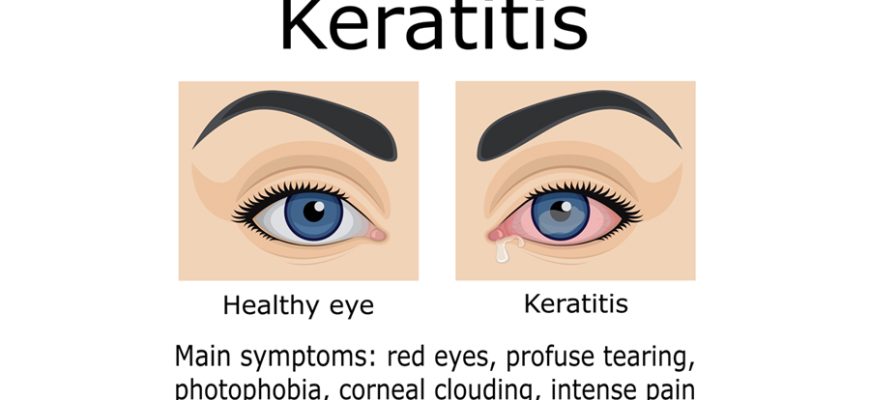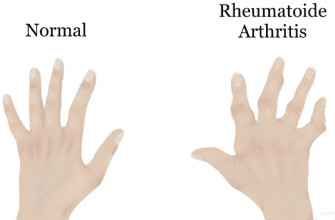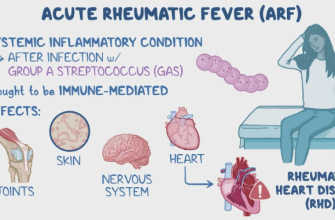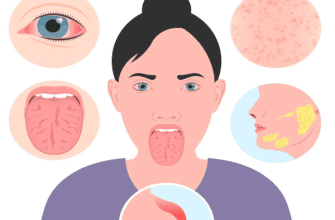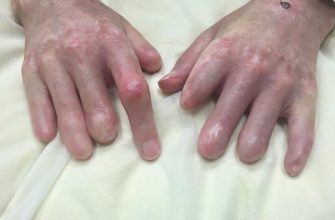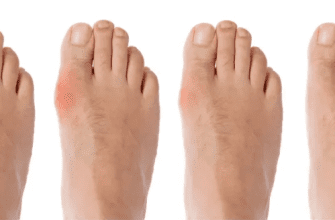What Is Keratitis?
Keratitis is inflammation of the cornea (the clear front layer of the eye). It can be infectious (caused by bacteria, viruses, fungi, or parasites) or non-infectious (due to injury, dryness, or contact lens misuse).
Key Facts (American Academy of Ophthalmology [AAO]):
✔ Contact lens wearers are at higher risk (especially with improper use).
✔ Herpes simplex virus (HSV) is a common viral cause.
✔ Can lead to vision loss if untreated.
Types of Keratitis (CDC & AAO)
- Infectious Keratitis:
- Bacterial (Pseudomonas, Staphylococcus) – common in contact lens wearers.
- Viral (HSV, varicella-zoster) – often recurrent.
- Fungal (Fusarium, Candida) – linked to plant injuries or contaminated solutions.
- Acanthamoeba – rare but severe, from contaminated water or lenses.
- Non-Infectious Keratitis:
- Dry eye-related (severe dryness causes damage).
- Photokeratitis (UV light exposure, e.g., welding or snow blindness).
- Traumatic (scratches, chemical burns).
Symptoms (Mayo Clinic)
✔ Eye redness and pain (often severe)
✔ Blurred vision or light sensitivity (photophobia)
✔ Excessive tearing or discharge (pus if bacterial)
✔ Feeling of something in the eye (foreign body sensation)
✔ White spot on the cornea (in severe cases)
Acanthamoeba keratitis symptoms:
- Extreme pain (disproportionate to redness)
- Ring-shaped ulcer on the cornea
Diagnosis (AAO)
- Slit-lamp exam – checks for corneal damage.
- Corneal scraping – lab testing for bacteria, fungi, or Acanthamoeba.
- Fluorescein stain – highlights corneal abrasions.
- PCR testing – for viral causes (HSV).
Treatment (NIH & FDA)
1. Infectious Keratitis:
- Bacterial: Antibiotic drops (e.g., fluoroquinolones).
- Viral (HSV): Antivirals (acyclovir ointment or oral meds).
- Fungal: Antifungal drops (natamycin, amphotericin B).
- Acanthamoeba: Special antiseptic drops (PHMB, chlorhexidine).
2. Non-Infectious Keratitis:
- Artificial tears (for dry eye).
- Bandage contact lens (for corneal abrasions).
- Steroid drops (caution: can worsen infections).
Never use steroid drops without a doctor’s approval!
Prevention (CDC & AAO)
Contact lens hygiene:
- Wash hands before handling lenses.
- Never sleep in lenses (unless prescribed).
- Replace solution daily (no “topping off”).
Avoid water exposure:
- No swimming/showering in contacts.
- Use daily disposables if possible.
Wear protective eyewear when:
- Working with chemicals.
- In bright sunlight (UV-blocking sunglasses).
Manage dry eye:
- Use preservative-free artificial tears.
- Stay hydrated.
Red Flags: When to See a Doctor (AAO)
Seek emergency care if:
- Severe eye pain + vision loss
- White spot on the cornea
- No improvement after 24 hours of treatment
- History of HSV eye infections
See an ophthalmologist within 24 hours if:
- Redness/persistent discomfort in a contact lens wearer.
- Light sensitivity + tearing lasts >1 day.
